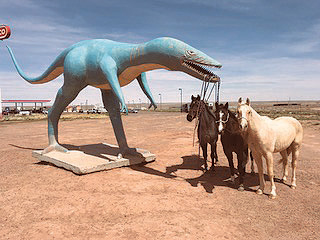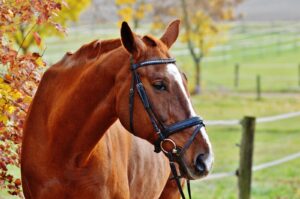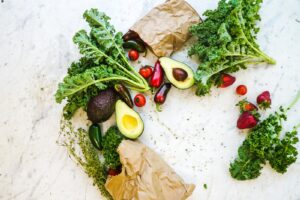I am sitting here listening to my horses chewing their hay, enjoying the nice cool morning with a cup of strong and bold black coffee from Schaefer Outfitters. I have so much to share with you folks, but trying to compartmentalize in a logical manner.
Let’s chat about positive thinking and visualization today. In addition to being a horseman, judge, trainer, and instructor, I’m also an accomplished hockey and baseball player. I didn’t get there from skill alone though. I learned by watching, listening, and studying those much better than myself. Wayne Gretzky, deemed the best hockey player in the NHL, said that he was not the best, but attributed his goal scoring to being where the puck was going to be, not where the puck was. Brooks Robinson and Graig Nettles, both top defensive 3rd basemen, knew where the ball was going to go by watching the pitch and not waiting for the ball to be hit. This thinking ahead can apply to virtually any sport. Positive and negative visualization is a thing! It is simply being proactive and not reactive. This is exactly where my success has come from. I’ve had to work long and hard at this. I am presently, and always will be, a student.
Here is a snippet of something I learned from a wise ol’ horseman. You can only move toward something, not away. Let’s pretend you and I are sitting and having a conversation. I tell you to not think of a red car. I then tell you to not think of a yellow ribbon on the red car. Then I tell you not to think of an orange cat sitting next to the car. Well, instantly, you’ve pictured a red car, a yellow ribbon, and an orange cat even though I told you not to. You can only move toward things. This is exactly what happens when someone is going to trailer his horse somewhere and says, “My horse probably won’t get on the trailer.” With that thinking and visualization, good chance he won’t. I’ve watched people trying desperately to walk a horse onto a trailer for 45 minutes when they “knew” the horse would not go on. I got involved and the horse was on in 5 minutes without any prodding. Horses know! I’m not anything special. I just think positive.
If you go into any situation with a positive attitude, your chances of success go up exponentially. What do you have to lose? Be positive. If you read my last article, being positive or negative is a choice no matter what you are doing. Saying “I can’t” is the same as negative visualization. The result will be the same.
When judging a show, I usually get to the show grounds early. I see people lead and stop their horses to look at “scary” things such as the judges’ booth, a rogue bush next to the ring, and anything else the human thinks will scare the horse and maybe lose out on a $.99 ribbon. What is going on there is that folks are showing their horses what to be afraid of. The person is actually visualizing for the horse what to be afraid of. In fairness to the rider, past falls from spooking incidents, horses bolting, etc. can be fear provoking. The more you expose your horse to, the better. I added a photo to show you the true meaning of exposure. The picture was taken at a stop in Kingman, Arizona. My mare is on the left. Ears are all up, horses are relaxed. None of them has ever seen a dinosaur before. Exposure! The more exposure you involve your horse in, the more your positive visualization will increase. If your horse does not like noise, download an mp3 or mp4 of different noises and turn up the volume while performing ringwork. Exposure!
So how does this all fit in to humanship/horsemanship? Very simple. The more you expose yourself or your child to, the more well-rounded the human becomes. The first time our daughter saw Santa and the Easter Bunny, there was screaming and tears. After that, clear sailing. Exposure to other strange elements came more easily. The more you expose your horse to, the more well-rounded your horse becomes.
Be positive, think positive, visualize positive!







